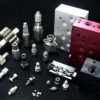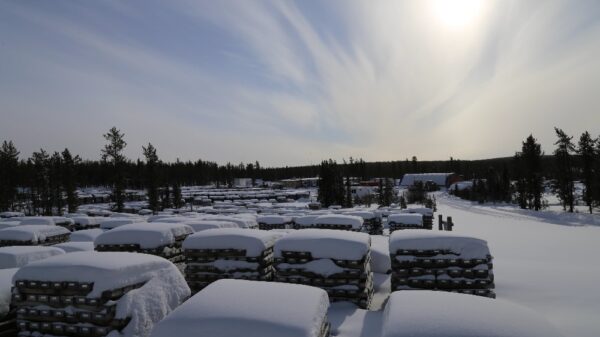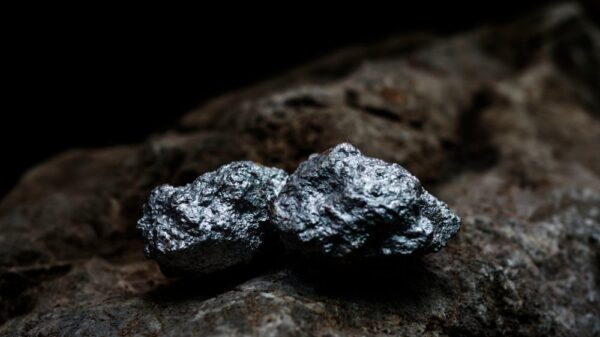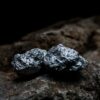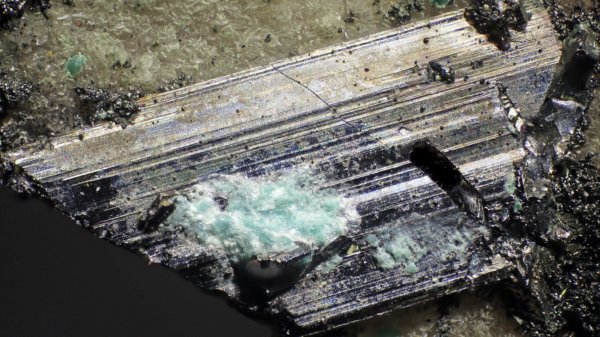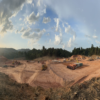Denison Mines Corp. (TSX: DML) (NYSE American: DNN) completed an inaugural program at its Waterbury Lake uranium project in the Athabasca Basin to test the feasibility of in situ recovery (ISR) within one of its major deposits and said the results were excellent.
On Monday, the uranium explorer announced that it had met the necessary criteria established for the project in its 2020 preliminary economic assessment through the extensive testing program. The company collected a vast amount of hydrogeological data on the Tthe Heldeth Túé (THT) deposit through the initiative.
In situ recovery is a mining technique used in different parts of the world since the 1970s that does not involve digging or moving ground like an open pit or underground mine. It involves pumping a solution comprised of water and chemicals underground to recover minerals from ore bodies using a series of wells.

Diagram of an in situ recovery mining process. Image via the Government of South Australia’s Department of Energy & Mining
“The program was completed safely and delivered excellent results, confirming our previous expectations that THT can be amenable to ISR mining and should be considered as a potentially low-cost and highly prospective uranium development project,” said Denison’s President and CEO David Cates.
“The results from the ISR field test program support bringing THT forward for additional evaluation, and reinforce the project’s potential to become Denison’s second ISR uranium mine development asset in the Athabasca Basin,” added Cates.
Read more: ATHA Energy aerial surveys over Athabasca Basin reveal strong potential for uranium
Read more: ATHA Energy well-positioned to capitalize on world’s best uranium jurisdiction: TF Metals interview
The Waterbury Lake project is a joint venture between Denison and a consortium of Korean investors. Korea Hydro & Nuclear Power is a major stakeholder in the consortium. The mine is expected to produce 9.7 million pounds of triuranium octoxide (U3O8) during its 6-year lifespan.
Denison is primarily concerned with exploration and development in the Athabasca Basin. The company’s flagship Wheeler River project is situated in the region, which the company says is the largest undeveloped uranium project in the eastern section of the jurisdiction.
Other companies operating in the region include Skyharbour Resources Ltd. (TSX-V: SYH) (OTCQX: SYHBF), Stallion Discoveries Corp. (TSX-V: STUD) (OTCQB: STLNF), NexGen Energy Ltd. (TSX: NXE), IsoEnergy Ltd. (TSX-V: ISO) and ATHA Energy Corp. (CSE: SASK) (FRA: X5U) (OTCQB: SASKF), a company that recently completed the largest electromagnetic survey in the Athabasca Basin’s history.
ATHA has the largest land position in the region, spanning 3.4 million acres, roughly the size of Connecticut. The company is currently analyzing data from its major survey and aims to have drilling underway at the highest priority target areas it identifies by the end of 2024.
The company also holds rights to 10 per cent of resources discovered on certain portions of the land package held by NexGen and two projects within the portfolio of IsoEnergy.
The Athabasca Basin is arguably the best uranium mining jurisdiction in the world. The rising price of uranium combined with clean energy initiatives worldwide is making the region an increasingly attractive investment.
“You’re talking about 100 times, or greater uranium grade in these deposits, which is unparalleled anywhere else globally,” said ATHA’s CEO Troy Boisjoli.
ATHA is well-funded in its mission to transfer from exploration to development in the region, currently having a cash position of $25 million.
ATHA Energy is a sponsor of Mugglehead news coverage
rowan@mugglehead.com




